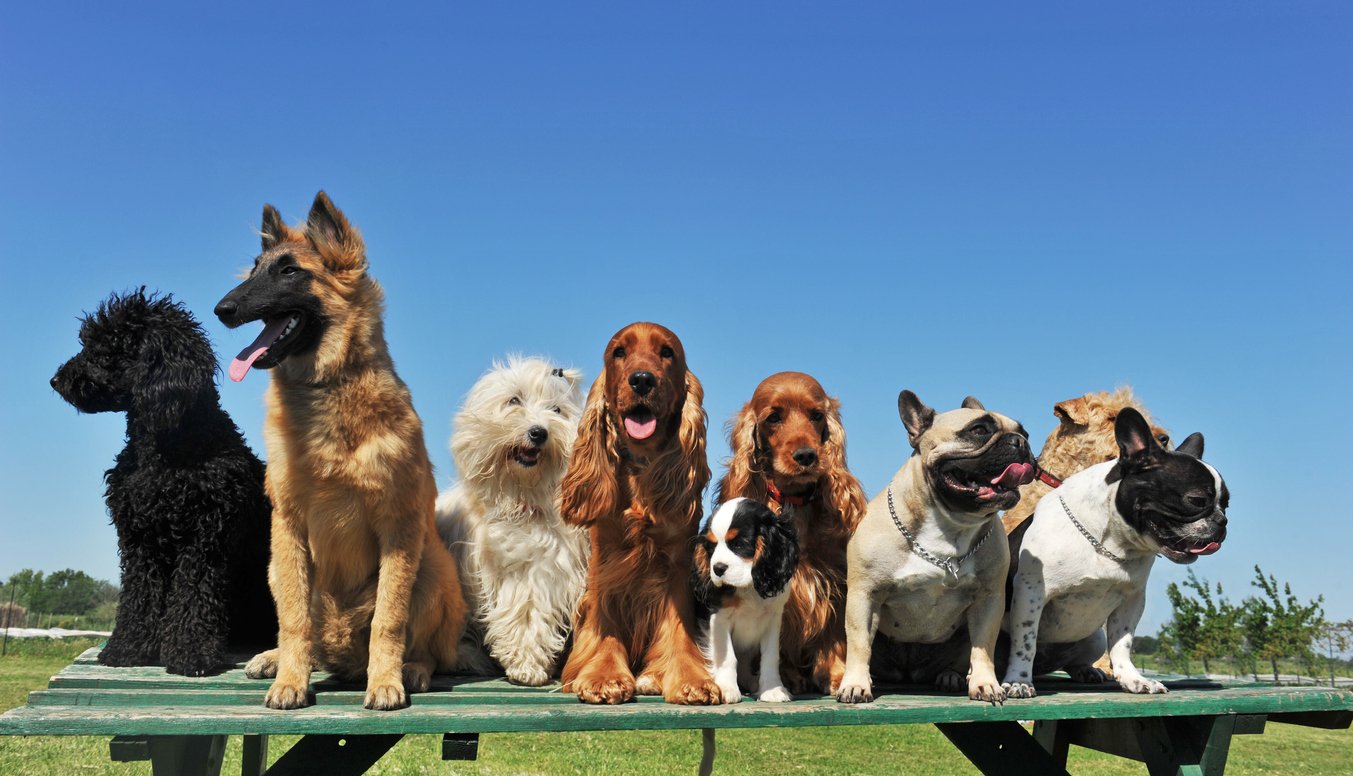When it comes to designing playrooms for pets, it’s about more than just fun.
Engaging, safe, and thoughtfully designed spaces can be a cornerstone of a thriving pet-care business. Whether you’re building a play area for dogs, cats, or even smaller critters, crafting an environment that balances enrichment, safety, and functionality is key to creating happy pets—and loyal clients.
Setting the Foundation: Safety First
 A great playroom starts with prioritizing safety. Pets come in all sizes and energy levels, and their play areas must accommodate them without risk of injury or escape.
A great playroom starts with prioritizing safety. Pets come in all sizes and energy levels, and their play areas must accommodate them without risk of injury or escape.
- Durable Materials: Use flooring and walls that are scratch- and water-resistant, such as sealed concrete or non-slip rubber flooring. Avoid materials that can splinter or be easily chewed.
- Fencing and Barriers: Choose secure, escape-proof fencing that matches the needs of your clientele—higher fences for larger dogs or enclosed playpens for smaller pets.
- Sanitation Features: Install easy-to-clean surfaces, drains for quick washing, and antimicrobial coatings to minimize bacteria buildup.
- Supervision Stations: Include clear sightlines or strategically placed cameras so staff can monitor play from all angles.
Quick Tip: Pet-Safe Plants: If you’re including plants in your design, choose pet-safe options like spider plants or bamboo. Avoid toxic plants like lilies and aloe vera.
Making Play Engaging and Enriching
Safety is critical, but enrichment is what keeps pets wagging their tails or purring with contentment. Thoughtfully planned playrooms should stimulate physical, mental, and social engagement. Here are a few options to keep your furry guests entertained their whole stay:
- Agility Equipment: Tunnels, ramps, and balance beams for dogs keep playtime dynamic and engaging.
- Interactive Toys: Incorporate ball pits, treat-dispensing puzzles, and squeaky toys for interactive fun.
- Zones for Different Play Styles: Have open spaces for running, quiet nooks for resting, and climbing structures for curious cats.
- Rotating Themes: Refresh the playroom with seasonal setups, such as a summer splash zone or a cozy winter retreat with blankets and heaters.
Engagement isn’t one-size-fits-all. Some pets thrive on vigorous play, while others may need more mellow activities. Regularly observe play preferences and adjust your offerings to suit their needs.
Designing for Different Pet Types
 A truly standout playroom accommodates a variety of pets, whether you focus solely on dogs or serve multi-species clients.
A truly standout playroom accommodates a variety of pets, whether you focus solely on dogs or serve multi-species clients.
For Dogs:
- Create separate areas for large and small breeds to avoid accidental collisions.
- Offer supervised group play to encourage socialization.
For Cats:
- Focus on vertical spaces like climbing towers and perches.
- Include scratching posts, window views, and quiet zones for independent play.
For Small Animals:
- Design soft, chew-resistant enclosures with tunnels, wheels, or small climbing structures.
- Use washable bedding for cleanliness and comfort.
Don’t Forget the Humans
While the playroom is for pets, its design should also make life easier for staff and appeal to pet parents.
- Accessible Layouts: Create clear pathways for staff to intervene or clean up messes quickly.
- Client Viewing Areas: Pet parents love seeing their fur babies in action. Include a viewing window or live-streaming cameras to let them enjoy the fun.
- Comfortable Seating: Add a small lounge area where pet parents can relax while waiting for their pets to finish playtime.
 An unforgettable playroom isn’t just a physical space—it’s an experience. By combining safety, enrichment, and thoughtful design, you’ll create a space that pets can’t get enough of, and that pet parents rave about. Start with these tips, and watch your playroom become the talk of the town for all the right reasons.
An unforgettable playroom isn’t just a physical space—it’s an experience. By combining safety, enrichment, and thoughtful design, you’ll create a space that pets can’t get enough of, and that pet parents rave about. Start with these tips, and watch your playroom become the talk of the town for all the right reasons.
Managing your services and spaces is easy with Revelation Pets. Try it for free now!






